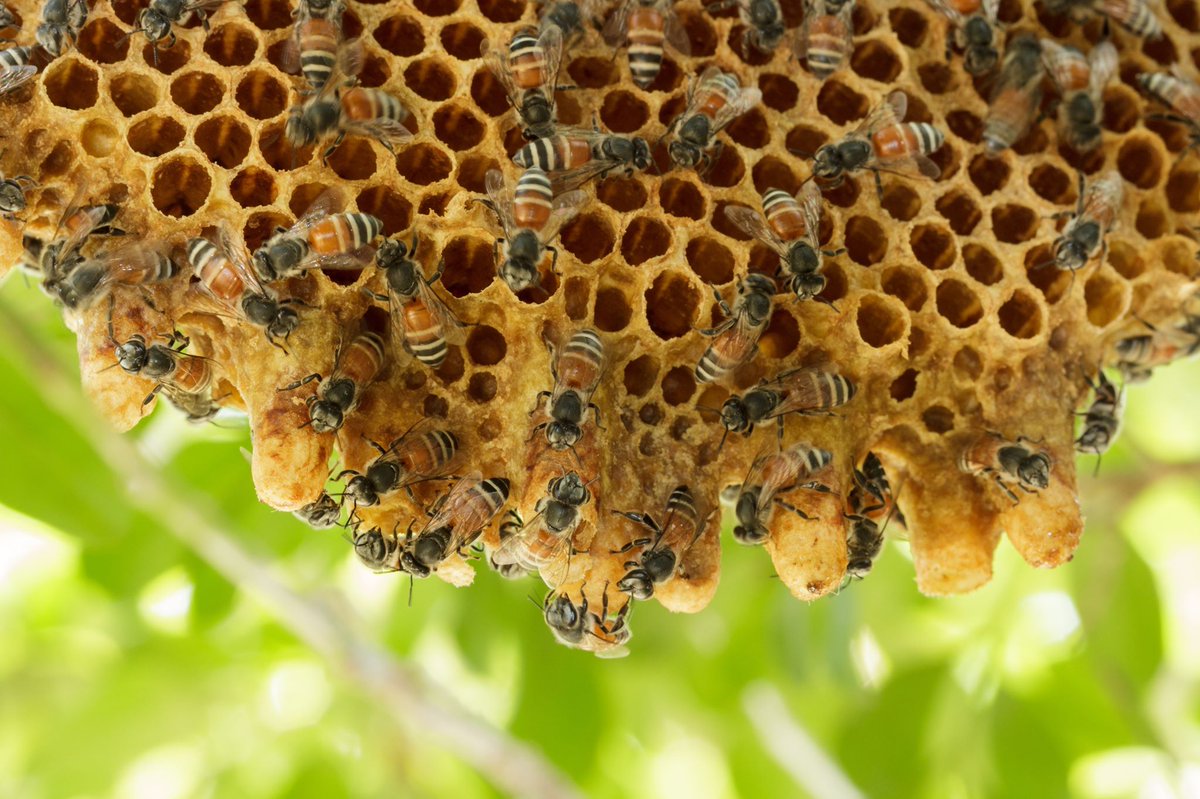Outdoor lighting adds charm, comfort, and warmth to gardens, patios, and driveways, enhancing their evening appeal beautifully. However, these welcoming lights often attract unexpected guests—bees seeking cozy spaces for their new bee nests. While bees are essential for pollination, their presence near lighting fixtures can create discomfort and potential safety risks. Preventing bee nests around outdoor lighting requires understanding their nesting habits, choosing the right materials, and maintaining a balanced coexistence with nature. By using thoughtful and eco-friendly prevention techniques, homeowners can protect both their property and these vital pollinators simultaneously.
Bees tend to choose warm, sheltered spots to build their nests, especially when artificial light provides gentle heat. Outdoor light fixtures, especially wall sconces and lamppost bases, mimic the protection of natural cavities like hollow trees. Because these areas remain dry and stable, they appear ideal to bees seeking security. Yet, when nests develop near entrances, seating areas, or electrical components, they create hazards that require immediate intervention. Therefore, learning how to prevent bee nests before they form is essential to maintaining peaceful outdoor environments throughout every season.
Understanding Why Bees Choose Lighting
To effectively prevent bee nests, one must first understand why bees are drawn to outdoor lighting fixtures. Bees are naturally attracted to warmth, subtle shelter, and certain light wavelengths that mimic daylight tones. During cooler evenings, lighting fixtures emit residual heat that becomes especially appealing to worker bees seeking refuge. Additionally, gaps within light housings or behind wall-mounted lights provide ideal crevices for establishing protected colonies. These small spaces shield them from predators, rain, and wind, creating nearly perfect nesting conditions during spring and summer months.
Many homeowners overlook how design and maintenance choices influence bee activity near lighting areas. For example, fixtures made of textured or porous materials retain warmth longer, increasing their attractiveness to bees. Likewise, neglected light mounts or damaged sealing rings offer direct entry points for scouting bees searching for safe nesting sites. Even motion sensor lights or decorative lanterns can unknowingly provide suitable habitats if not inspected regularly. Understanding these subtle environmental triggers allows homeowners to adopt proactive rather than reactive approaches toward bee nest prevention.
Natural Methods to Deter Nesting
Adopting natural deterrents offers an environmentally friendly solution to preventing bee nests near lighting structures. Bees rely heavily on their sense of smell to identify suitable nesting locations, so introducing specific aromatic cues can help deter them. Essential oils such as peppermint, eucalyptus, citronella, and clove produce strong scents that naturally discourage bees from settling nearby. Mixing these oils with water and lightly spraying around light bases or fixture edges provides a gentle yet effective repellent barrier. Reapplying these natural sprays weekly during warm seasons maintains consistent protection without harming pollinators.
Another practical method involves modifying the texture and environment around lighting fixtures. Bees avoid surfaces that are slippery, overly smooth, or chemically treated, preferring rougher materials that aid nest construction. By sealing fixture gaps with silicone and polishing outer surfaces, homeowners can make lighting areas less appealing. Cleaning regularly with mild vinegar solutions also helps remove pollen residues or wax traces that might otherwise attract scouting bees. These small maintenance tasks contribute significantly to reducing nesting risks without requiring complex interventions.
Practical Maintenance and Safe Relocation
Regular maintenance plays a crucial role in preventing bee nests near lighting systems, particularly during early spring and late summer. Seasonal inspections should focus on detecting small wax deposits, buzzing sounds, or visible bee activity around fixtures. These early warning signs often appear before a full colony forms, allowing swift preventive action. Cleaning fixtures, tightening bolts, and ensuring all wiring conduits remain sealed significantly reduce nesting opportunities. Consistency in these habits ensures that bees remain disinterested in such spaces long-term.
Homeowners often underestimate the complexity of hive relocation, especially when nests form inside electrical casings or behind mounted lights. Attempting DIY removal without protective gear or proper knowledge can escalate risks dramatically. Instead, timely consultation with specialists ensures the process remains both efficient and environmentally responsible. During such consultations, many homeowners inquire about bee removal cost in Californiato understand pricing variables. Costs often depend on nest accessibility, size, and required relocation techniques, making professional assessment crucial before initiating removal procedures.
After safe relocation, preventive maintenance must resume immediately to avoid re-nesting in the same location. Applying natural repellents, resealing fixture bases, and cleaning surrounding surfaces remove residual pheromones that attract returning scouts. Continuous awareness ensures that the cycle of nest formation remains permanently interrupted. Each maintenance step taken today prevents potential infestations tomorrow, turning routine care into an ongoing commitment toward environmental harmony.
Balancing Illumination and Ecological Awareness
Creating outdoor spaces that blend safety, comfort, and ecological awareness requires thoughtful planning beyond simple design considerations. Preventing bee nests near lighting is not just about deterrence—it reflects a broader commitment to sustainability. The key lies in harmonizing illumination with natural habitats through mindful material choices and consistent upkeep. When lighting installations support responsible practices, they foster coexistence between human enjoyment and wildlife conservation effortlessly.
Modern homeowners increasingly embrace eco-conscious designs that minimize environmental impact. Choosing energy-efficient LED fixtures, solar-powered lights, and sustainable materials demonstrates a growing shift toward environmental responsibility. Beyond energy savings, these technologies also emit less residual heat, reducing bee attraction significantly. Moreover, shielding light bulbs or using downward-facing designs prevents light pollution while maintaining ambiance
